Growing Awareness of Joint Health
There is a notable increase in awareness regarding joint health among the German population, which serves as a significant driver for the elbow stiffness market. Educational campaigns and health initiatives have highlighted the importance of maintaining joint flexibility and mobility. As a result, individuals are more inclined to seek preventive measures and treatments for elbow stiffness. This heightened awareness is reflected in the rising sales of supplements and therapies aimed at improving joint health, with the market projected to grow by 15% over the next five years. The elbow stiffness market is thus positioned to benefit from this trend, as consumers actively pursue solutions to enhance their quality of life.
Advancements in Medical Technology
Technological advancements in medical devices and treatment methodologies are transforming the elbow stiffness market. Innovations such as minimally invasive surgical techniques and advanced rehabilitation equipment are becoming increasingly available in Germany. These developments not only improve treatment outcomes but also reduce recovery times, making them more appealing to patients. The elbow stiffness market is likely to experience growth as healthcare providers adopt these technologies, leading to enhanced patient satisfaction and increased demand for effective solutions. Furthermore, the integration of telemedicine and remote monitoring tools may facilitate better management of elbow stiffness, further driving market expansion.
Rising Sports Participation and Related Injuries
The growing participation in sports and physical activities among the German population is contributing to an increase in elbow injuries, which in turn drives the elbow stiffness market. As more individuals engage in recreational and competitive sports, the incidence of elbow-related injuries rises, necessitating effective treatment options. Recent surveys indicate that sports-related injuries account for approximately 20% of all elbow stiffness cases in Germany. This trend suggests a potential market growth of 10% annually as athletes and active individuals seek timely interventions. The elbow stiffness market must adapt to this demand by offering targeted therapies and rehabilitation programs tailored to sports injuries.
Increased Focus on Rehabilitation and Recovery Programs
There is a growing emphasis on rehabilitation and recovery programs in Germany, which significantly impacts the elbow stiffness market. Healthcare providers are increasingly recognizing the importance of structured rehabilitation protocols for patients recovering from elbow stiffness. This trend is supported by evidence suggesting that comprehensive rehabilitation can enhance recovery outcomes and reduce the risk of chronic conditions. The elbow stiffness market is likely to benefit from this focus, as more clinics and hospitals implement specialized rehabilitation programs. The market is projected to expand by 12% over the next few years, driven by the demand for effective recovery solutions that address elbow stiffness.
Aging Population and Increased Incidence of Elbow Stiffness
The aging population in Germany is a critical driver for the elbow stiffness market. As individuals age, the prevalence of musculoskeletal disorders, including elbow stiffness, tends to rise. According to recent statistics, approximately 30% of the elderly population in Germany experiences some form of joint stiffness, which directly influences the demand for treatment options. This demographic shift necessitates a greater focus on therapeutic solutions tailored to older adults. The elbow stiffness market is likely to see increased investment in research and development aimed at addressing the specific needs of this age group, potentially leading to innovative treatment modalities that cater to their unique challenges.


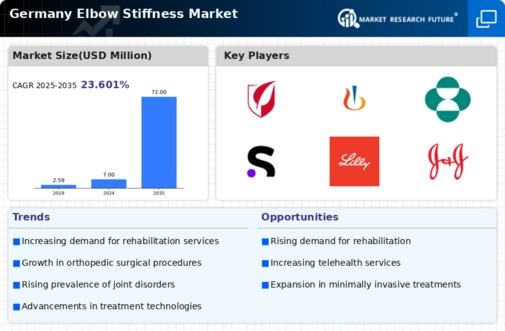
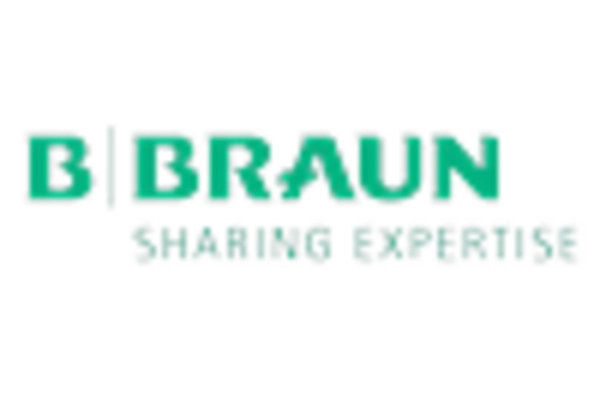
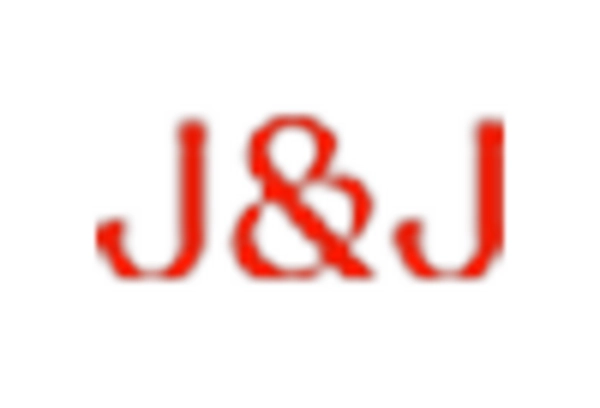
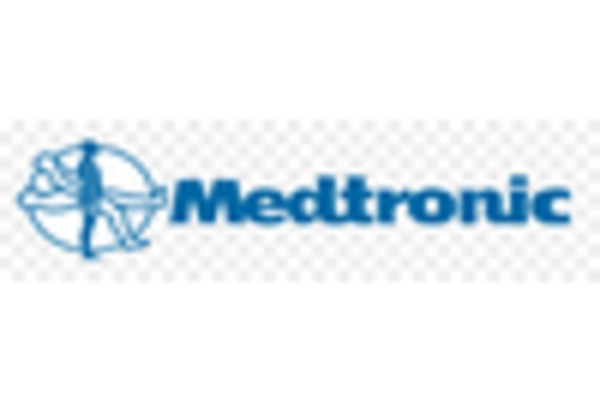

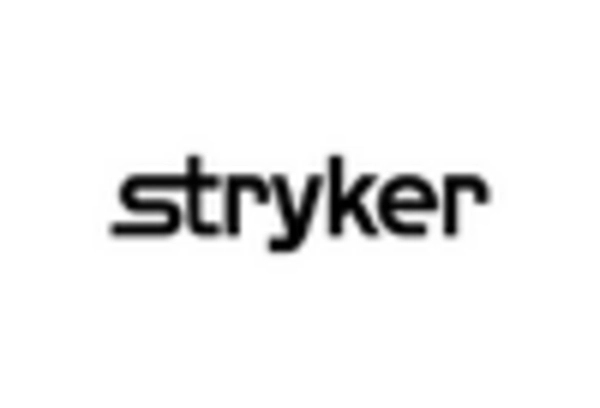
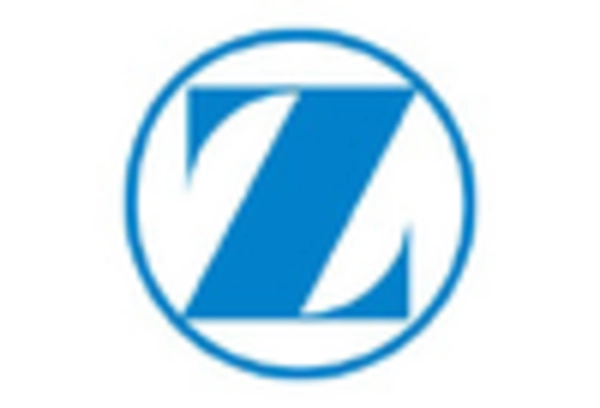








Leave a Comment